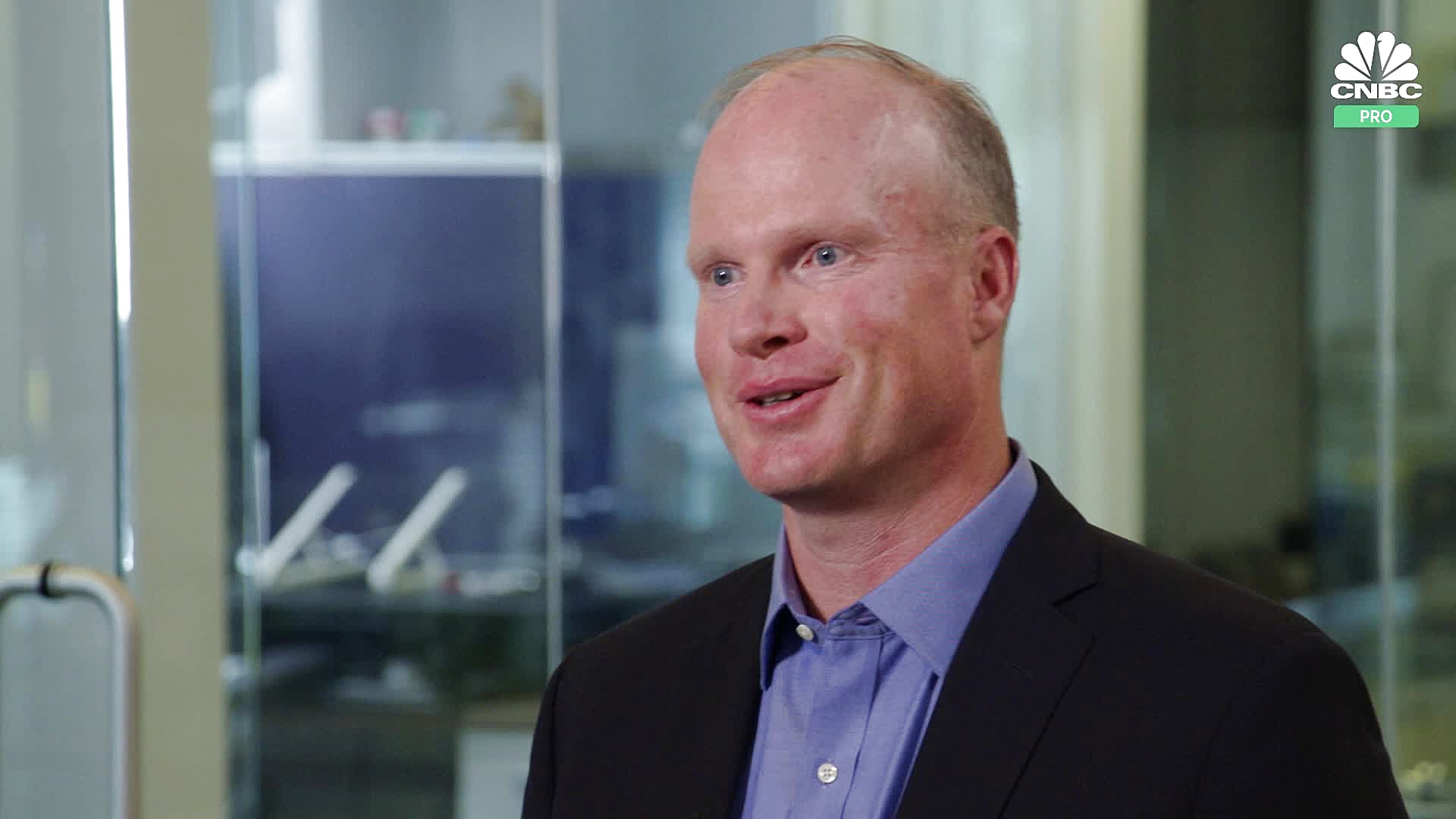Beware the cyclical bear market, London-based analysts at Goldman Sachs warned in a report that studied the difference between cyclical-, structural- and “event-driven” stock declines of 20% or more. Goldman said Tuesday that investors are suffering through a cyclical bear market, one marked by high inflation and rising interest rates that are driving down stock valuations, but are cushioned against a structural bear market by strong corporate and household balance sheets and negative real rates. The good news is that the average cyclical bear market lasts two years, far shorter than the average 3½ years for a structural bear market. The average price decline during a cyclical bear market is only about 31% versus 57% during a structural one, Goldman said. The bad news is the current bear market is only about six months old. Or, as Goldman says, “in terms of performance we are getting close to this kind of sell-off but the duration is so far shorter.” When might conditions improve? Goldman said the low point in the stock market usually comes about six to nine months before earnings per share bottom, three to six months before the economy’s low water mark — and only after inflation has begun to recede. Weaker inflation alone won’t be enough to push stocks higher, Goldman said. “Inflation peaking is not always enough if you do not have other conditions in place – low valuations, a reasonable expectation that growth will turn and signs of [interest rate] policy beginning to ease.” For stock markets, “the turning point is often around the period when rate expectations start to moderate,” the bank said. Since that won’t happen until 2023, at the earliest, the rest of 2022 looks to be a write off. Goldman also warned that the next bull market, whenever it comes, will not resemble the last one. Instead, the next recovery will be marked by inflation rather than deflation, higher cost of capital, a withering of globalization in favor of regionalization, scarcer basic materials, more expensive labor and commodities and increased attention to profit margins rather than sales gains.
























































